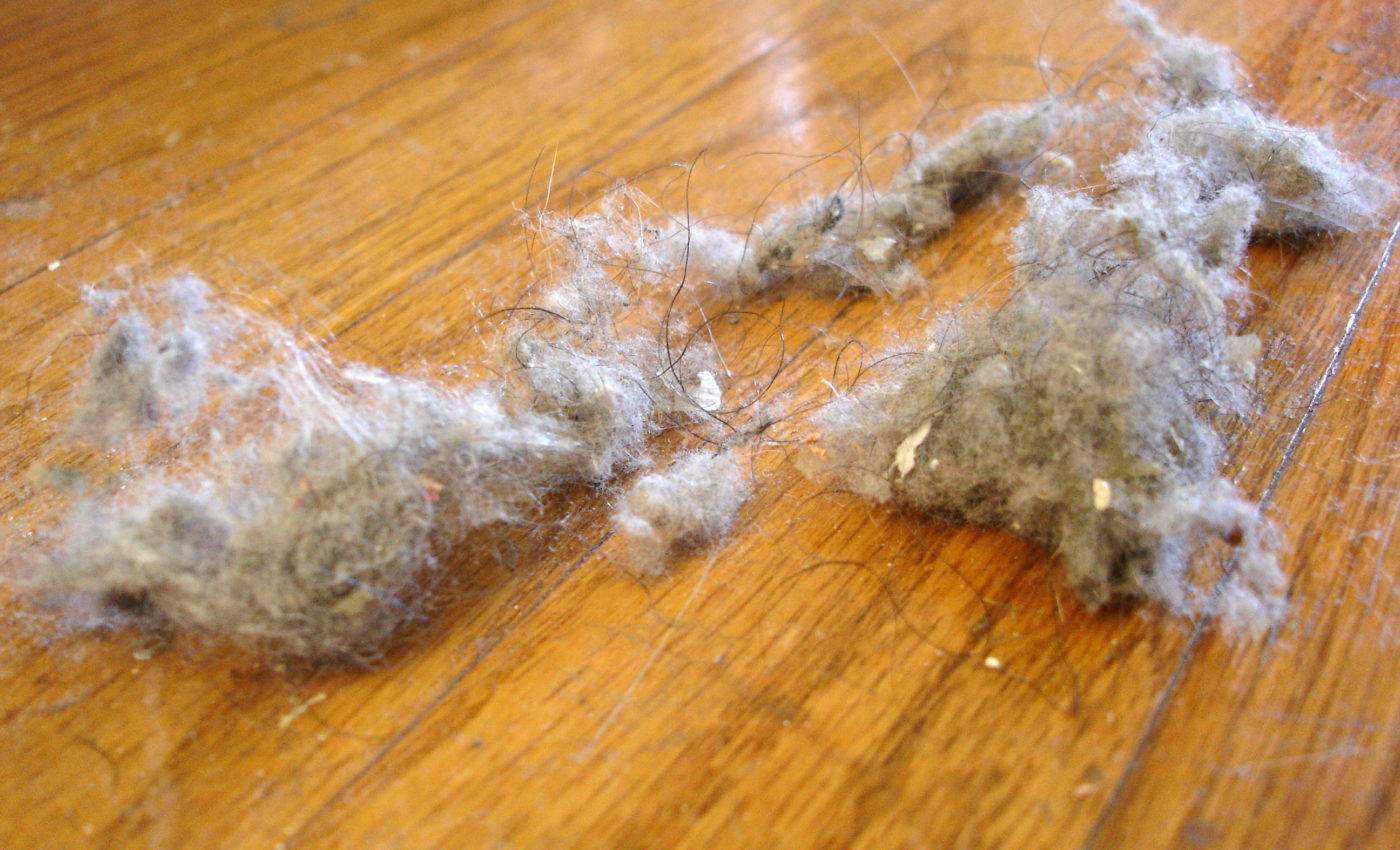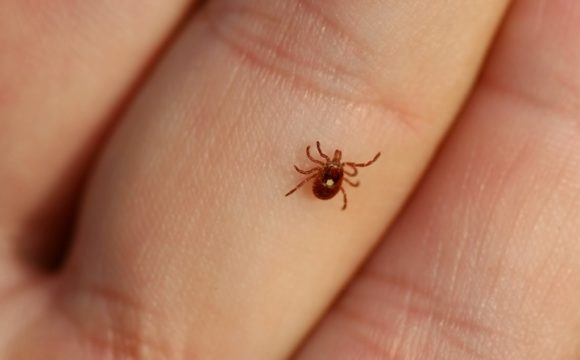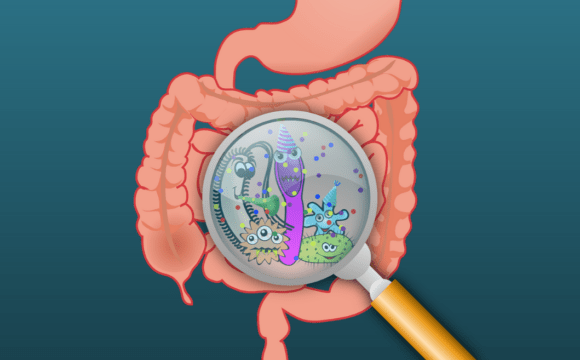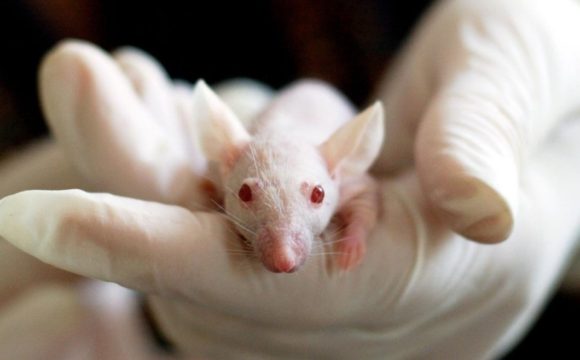Obesity or being overweight is considered a risk factor for a dozen of other diseases and abnormalities right from diabetes, cancer to Dementia etc. The general notion has always been that improper diet and lack of exercise/physical activities are the most common cause of weight gain. A recent study from Duke University in the USA attempts to make a slightly different case. Published in the journal Environmental Science and Technology, it asserts that household dust harbours what is known as the endocrine disrupting chemicals which can trigger the body to store fat.
The study was conducted in vitro and it used culture mouse pre-fat (pre-adipocytes) cells 3T3-L1 and exposed them to indoor house dust extracts collected from 11 different houses in the American state of North Carolina. The key research goal was to find whether the pre-fat cells will proliferate and divide into fat cells AND whether the pre-fat cells will accumulate more triglycerides (fat) with dust exposure. Appropriate controls were maintained. The findings from this study established that in 9 of those 11 samples the pre-fat cells divided into fat cells. In 7 of those 11 samples, the cell accumulated more triglycerides while only in 1 sample there was no significant change.
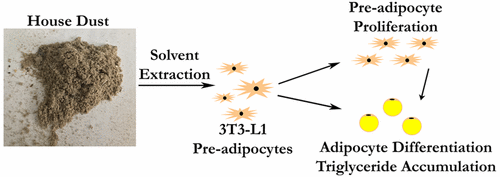
The second part of the study was testing 41 chemical substances that are ubiquitously found in indoor environments. These chemicals are also referred to as semivolatile organic chemicals (SVOCs). Of these 41, 28 of the chemicals resulted in increased accumulation of triglycerides. The three most effective chemicals were tert-butyl-phenyl diphenyl phosphate (TBPDP) – a fire retardant, dibutyl phthalate (DBP) – a plastic chemical and pyraclostrobin – an anti-fungal.
The broad theme of this research was discovering potential environmental contaminants which may act as metabolic disruptors. In the context of obesity, these are often referred to as Obesogens- “foreign chemical compounds that disrupt normal development and balance of lipid metabolism”. However, the first half of the study has a very small sample size (11). It is also important to note that this study was conducted in vitro and in mice. Results of this may not necessarily apply to humans in vivo. Even if more evidence strengthens the link between household dust and obesity how will one separate an adult with obesity which was actually caused by dust from any other obesity causing reasons/factors? According to the US, the Environmental Protection Agency estimates every American child consume about 50 milligrams of dust each day which may be sufficient in itself to cause fat storage amongst all children. And isn’t it is nigh impossible to keep one’s house completely dust free?
The understanding of the role played by environmental factors when it comes to hormonal changes is an area of research yet to be firmly established. The bright of this study, however, is while we know the effects of obesity it throws some light on what causes obesity and the relation between dust and obesity.
Reference:
Christopher D. Kassotis, Kate Hoffman, and Heather M. Stapleton Characterization of Adipogenic Activity of House Dust Extracts and Semi-Volatile Indoor Contaminants in 3T3-L1 Cells Environmental Science & Technology 12 July 2017



